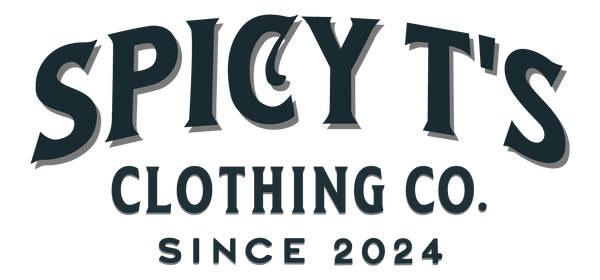
How to Vectorize an Image: A Complete Step-by-Step Guide
Share
What is Vectorization?
Vectorization is the process of turning pixel-based images (bitmaps) into line-based graphics (vectors). Raster images are made of tiny dots, while vector graphics are built with paths, shapes, and curves.
✨ Benefits of Vectorizing:
-
Infinitely scalable (great for print)
-
Smaller file size for logos and icons
-
Editable components (colors, shapes, lines)
-
Required for embroidery and laser cutting
🛠️ Tools You Can Use for Vectorization
| Software | Type | Vector Support |
|---|---|---|
| Adobe Illustrator | Paid | ✅ Best choice |
| Photoshop + Illustrator | Paid | ✅ (with extra steps) |
| Inkscape | Free | ✅ Open-source |
| CorelDRAW | Paid | ✅ Great for embroidery |
| Vector Magic | Paid/Freemium | ✅ AI-powered |
🧑🎨 How to Vectorize an Image in Adobe Illustrator (Recommended)
Step 1: Open the Image
-
Go to File > Open and select your raster image (JPG, PNG).
Step 2: Select the Image
-
Click the image to activate it.
Step 3: Open Image Trace
-
Go to Window > Image Trace.
-
This panel lets you convert the image into a vector automatically.
Step 4: Choose a Preset
-
Use presets like:
-
Black and White Logo
-
Color
-
Shades of Gray
-
-
Adjust sliders for Threshold, Paths, and Corners.
Step 5: Expand the Vector
-
Click Object > Expand to convert the trace into editable paths.
Step 6: Ungroup and Edit
-
Go to Object > Ungroup.
-
Use the Direct Selection Tool (A) to delete or modify individual shapes.
Step 7: Save as a Vector File
File > Save As > Choose format: SVG, AI, EPS, or PDF.
Done! You now have a fully scalable, editable vector version of your image.
🧪 Pro Tip: Clean Up Your Raster Image First
Before tracing, make sure the image is:
-
High-resolution
-
Clean edges and solid colors
-
Minimal background noise
This will help the software trace more accurately.
🆓 How to Vectorize an Image for Free with Inkscape
-
Download Inkscape (free on Mac/Windows/Linux)
-
Import Your Image – File > Import
-
Path > Trace Bitmap
-
Choose between single scan (for logos) or multiple scans (for shading)
-
Adjust settings and click OK
-
Move/delete the original image underneath
-
Save as SVG or export for embroidery use
🧠 Vector vs Raster: Quick Comparison
| Feature | Raster (JPG/PNG) | Vector (SVG/AI) |
|---|---|---|
| Scalability | ❌ Blurry when resized | ✅ Infinite resolution |
| File Size | Medium/large | Usually smaller |
| Editing | Limited | Fully editable |
| Use Cases | Photos, websites | Logos, print, merch |
💼 Common Uses for Vectorized Images
-
✔️ Logo design
-
✔️ T-shirt and apparel printing
-
✔️ Laser cutting / CNC machines
-
✔️ Embroidery digitizing
-
✔️ Scalable social media icons
-
✔️ Vinyl decals & stickers
❓ FAQs
Q: Can I vectorize a photo with complex colors?
A: Yes, but it’s harder. Use "Color" mode in Image Trace, and simplify afterward.
Q: Can Photoshop vectorize images?
A: Photoshop can convert images to paths, but it’s not a true vector tool. Use Illustrator for the best result.
Q: What is the best format to export a vector?
A: Use SVG for web, EPS or AI for printing and editing, and PDF for multipurpose use.
